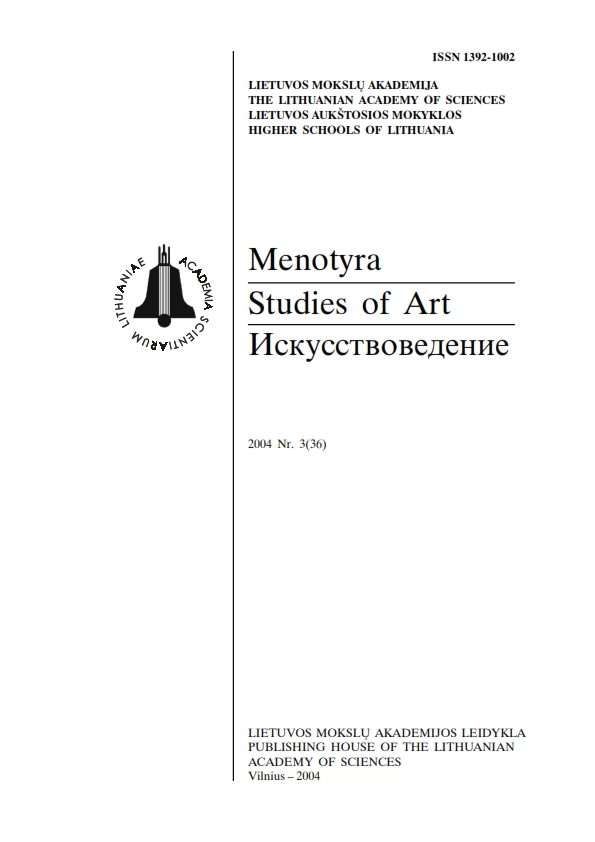Apie Katalikų Bažnyčios poziciją religinės dailės atžvilgiu XIX a. pab. - XX a. I pusėje
On the position of the Catholic Church with respect to religious art in the late 19th and the first half of the 20th century
Author(s): Skirmantė Smilingytė-ŽeimienėSubject(s): Christian Theology and Religion, Cultural history, Visual Arts, Recent History (1900 till today), 19th Century, Sociology of Art
Published by: Lietuvos mokslų akademijos leidykla
Summary/Abstract: The article aims at describing the main standards applied to religious art in the period under discussion. The canons of the new Codex juris canonici, which was promulgated in 1917, actually entrusted the care of religious art to diocesan ordinaries. In the first half of the 20th century, the Roman congregations frequently treated the decrees of the Council of Trent as the canons of religious art. The topical matters of religious life were reflected in the norms of the Congregation of the Holy Office and the Congregation of Rites. The requirement to come back to historical tradition, which was among the most important requirements for religious art in the late 19th and the first half of the 20th century, was based theologically. It was associated with Neothomism, the official Church's philosophy, and with the essential aim of the Holy See in the early 20th century to revitalize the internal life of the Church and to strengthen the Christian spirit. For this purpose, the matters of special concern included liturgy, the purity of liturgical practice as well as religious art. In their celebration of historical Christian art, the spiritual authorities simultaneously protected the historicizing art.Despite the fact that the first half of the 20th century saw a wide spread of the Catholic liturgical renovation movement which was supported or initiated by the popes, and notwithstanding the issuing by the Roman Curia of important documents dedicated to religious art and the intentions of Church representatives to restore religious art from the state of stagnation, religious art constituted a small portion of the Church's interests and was on the margins of the broad range of Church's activities in the period under review. Though spiritual authorities in Western Europe (as well as in Lithuania) spoke against the standardized, industrial form of religious art, churches abounded in stereotyped objects of art. They fulfilled the function of a religious work, because they were clear signs that could be easily perceived by the faithful. On the other hand, the unified production of art in churches, to paraphrase Pius XI, neither violated the sanctity of altars nor had a negative impact on piety of the faithful nor profaned the sacred values as some pieces of modern Christian art do.
Journal: Menotyra
- Issue Year: 2004
- Issue No: 3(36)
- Page Range: 34-40
- Page Count: 7
- Language: Lithuanian

